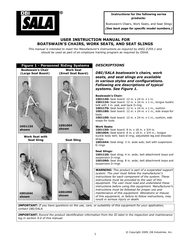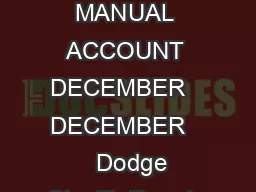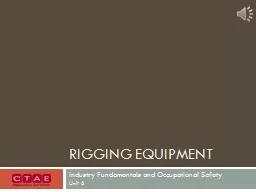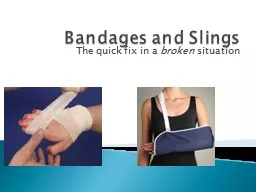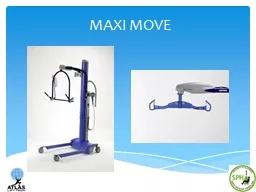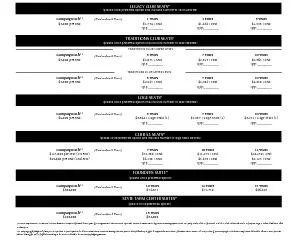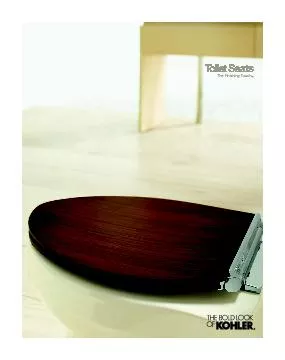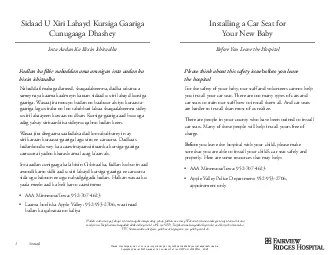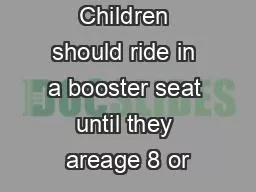PDF-User instruction manual for boatswain's chairs works seats and seat slings
Author : lindy-dunigan | Published Date : 2017-07-26
brPage 1br LQ57347YDULRXV57347VWOHV57347DQG57347FRQ57535JXUDWLRQV VVWHPV57361573476HH57347LJXUH 573475HFRUG57347WKH57347SURGXFW57347LGHQWL57535FDWLRQ5
Presentation Embed Code
Download Presentation
Download Presentation The PPT/PDF document "User instruction manual for boatswain's ..." is the property of its rightful owner. Permission is granted to download and print the materials on this website for personal, non-commercial use only, and to display it on your personal computer provided you do not modify the materials and that you retain all copyright notices contained in the materials. By downloading content from our website, you accept the terms of this agreement.
User instruction manual for boatswain's chairs works seats and seat slings: Transcript
Download Rules Of Document
"User instruction manual for boatswain's chairs works seats and seat slings"The content belongs to its owner. You may download and print it for personal use, without modification, and keep all copyright notices. By downloading, you agree to these terms.
Related Documents

